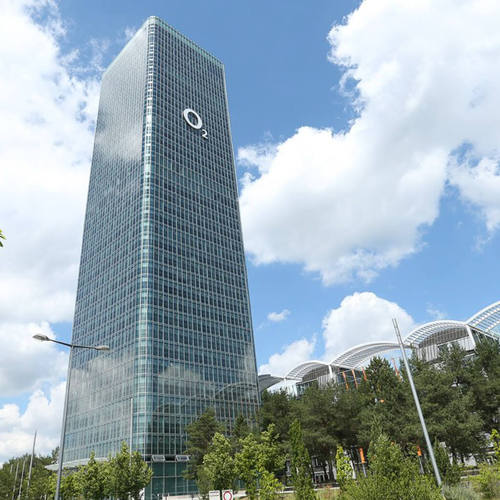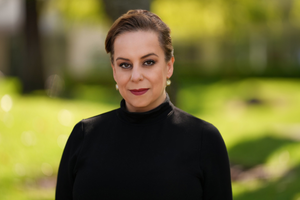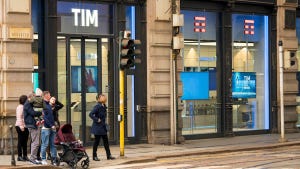
Germans have a reputation for being frugal and fiscally conservative, but no one told Markus Haas. The boss of Telefónica Deutschland pumped about €1.3 billion (US$1.5 billion) into capital expenditure last year, a 17% increase on the 2020 figure and the most it has ever spent in a single year.
Operators usually spend between 15% and 20% of their revenues on capex. Telefónica's capex-to-sales ratio for the final quarter was 23.1%.
The German subsidiary of Spain's Telefónica is under growing pressure in a tough mobile market. 1&1, a company that has been using Telefónica's infrastructure to offer services, is now building its own mobile network with Rakuten, a Japanese firm wielding state-of-the-art technologies.
Deutsche Telekom, the incumbent, seems to have raced ahead on 5G rollout. Nor can Vodafone, strengthened by a takeover of cable assets, be ignored.
Figure 1:  Telefónica Deutschland CEO Markus Haas is pumping money into 5G.
Telefónica Deutschland CEO Markus Haas is pumping money into 5G.
(Source: Telefónica Deutschland)
The investment activity was needed just to reach network "parity" with rivals, said the operator in its latest earnings update. It seems to have had some positive effect on headline figures, with sales up 31.1% last year, to nearly €7.8 billion ($8.9 billion).
In 2020, the rate of increase was only 1.8%. Customer growth has improved, too. In 2020, Telefónica added just 448,000 mobile connections. Last year, it managed more than 1.4 million, finishing 2021 with 45.7 million altogether.
But costs, including income tax charges, have clearly hurt profitability. Net income shrank from €328 million ($372 million) in 2020 to about €211 million ($239 million) last year. Telefónica's charges for depreciation and amortization alone came to about €2.4 billion ($2.7 billion) in 2021, equal to 31% of its sales.
For Deutsche Telekom, those costs over the first nine months of 2021 came to 17% of revenues.
Network lag
Telefónica Deutschland still seems to be a long way behind in some important areas, too. Its 5G network covers only 30% of the German population today and is forecast to hit 50% by the end of this year.
This would be no issue in a market like the UK, where BT, the incumbent, covers only about 40% of the population. But Deutsche Telekom was boasting 5G population coverage of 87.3% last September. If consumers really care about 5G – which is by no means certain – then Telefónica could have a problem.
It is a relative weakling in Germany's fixed-line sector, as well, serving only about 2.3 million broadband customers and witnessing a small decline in those numbers since 2020.
Telefónica appears to have relied on wholesale agreements with fixed-line operators to provide services. With the mismatch between its mobile and fixed subscriber numbers, it looks potentially vulnerable to poaching by companies offering broadband-and-smartphone bundles.
Want to know more about 5G? Check out our dedicated 5G content channel here on Light Reading.
The management outlook is relatively upbeat. Capex will be lower this year (around $1.1 billion), says Haas, and the sunsetting of 3G and other legacy technologies should help to boost profitability and free up funds for continued 5G deployment.
Low single-digit percentage growth is forecast for both sales and operating income (before depreciation and amortization) this year.
Bar managers, no one is very excited. Telefónica Deutschland's share price was trading down about 2% this morning in Germany after the publication of results, and it has nearly halved since September 2017.
The performance is not untypical in the telco sector. For Telefónica's investors, the main worry is what 1&1's network launch could mean.
Related posts:
— Iain Morris, International Editor, Light Reading
Read more about:
EuropeAbout the Author(s)
You May Also Like












